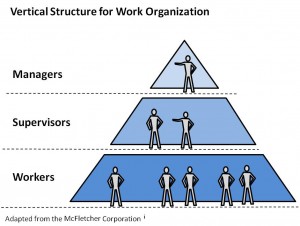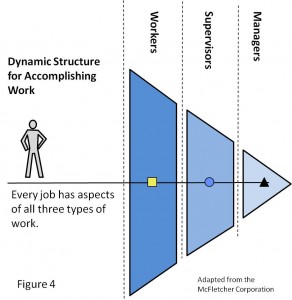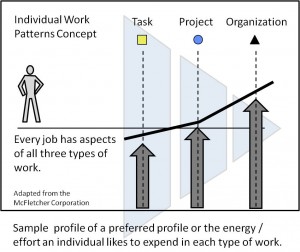Work Alignment
Individual Work Alignment
When you were a child, your friends and parents loved you for who you were. It didn’t matter what your personality was like, your intelligence or what you could or couldn’t do – you were perfect and your value was simply being you. Time passes and now you are in the world of work and it is obvious that Businesses are not like your parents. While they may like you as a person most business’ value what you can do for them, not who you are. You have to produce value that aligns with what the business needs from you. Often what is expected from you doesn’t quite fit what you like to do. That situation can create discord and give work a bad name.
It appears that there is a strategic disconnect going on – Why?
In the history of work, particularly in agrarian times, people worked alongside each other to produce products of real value. People naturally moved toward the work that seemed to fit them best. When the industrial revolution arrived attempts were made to turn work into a science. New efficiencies were sought. Business grappled with how to handle economies of scale and ideas of specialization, assembly lines, piece work and scientific management emerged, which unfortunately attempted to turn humans into workers as if they were cogs in the machine.
While this helped business grow the seeds of this model’s demise were beginning to be sown in the 1950’s. The nature of work has, and is, changing. Work is demanding individuals behave in new and different ways. The information age is forcing flexibility, custom responses to customer demand, projectized work, rapid product life-cycles and as such is introducing change in ever wider variations to how we accomplish work. According to authors of the WorkStyle Patterns Inventory Process (Donna and Thomas McIntosh-Fletcher) this old vertical hierarchy is changing radically, and is tipping over onto its side. A new model is needed to create alignment
If you really think about it, every job or role has aspects of Worker, Supervision and Management in it, but perhaps it is better said as getting things done, communicating delegating work with others and making sure the purpose of that work meets higher level organizational goals. The good news is it can set individuals free from the old way of thinking and the bad news is now there is a real need to create Strategic Alignment throughout business. What we mean by ‘strategic alignment’ is the alignment of individual contributions to organizational effectiveness and development in a way that delivers value in accordance with the business purpose and vision.
A new way to think about work is that it can be divided up into three parcels of how an individual’s energy is expended at the workplace:
— Task work
— Project work, and
— Organizational work
This allows work to be designed and constructed in new ways that contribute to alignment. As long as the business has its needs met then the work can be designed to meet those needs in new ways – ways that better fit the humanity of people and the nature of work.
This brings us back to the beginning. There is a natural energy and enthusiasm people possess and can bring to work simply by being themselves, if the work they do is designed to release it in aligned ways.
Consider which statement would be easier to accomplish:
- Change people to meet your work demands, or
- Change the work demands to fit your people
If you have any doubt, have you ever tried to change something in yourself? It’s hard, right? Now, try changing someone else to do what you want? That almost always produces resistance, and if you don’t introduce change carefully you will have walked into the world of misalignment and chaos.
Strategic Alignment from top to bottom utilizing tipped hierarchy work design is a beautiful thing and a wonder to actually experience as an employee.
The first step in this process is to understand how you like to work. The WorkStyle Patterns Inventory Process is not only an inventory of your own work style preference, but it also provides model of interactions using understandable terms of ‘work’ and ‘patterns’ that one can use to help create alignment.
If you would like to know more or wish to take the inventory to assess your degree of alignment or miss-alignment for your current work environment it is recommended that you talk with our certified WSP Facilitator / Coach and begin your individual alignment process.
A new journey begins …
Mark Jepperson
Coaching Book
Synopsis





